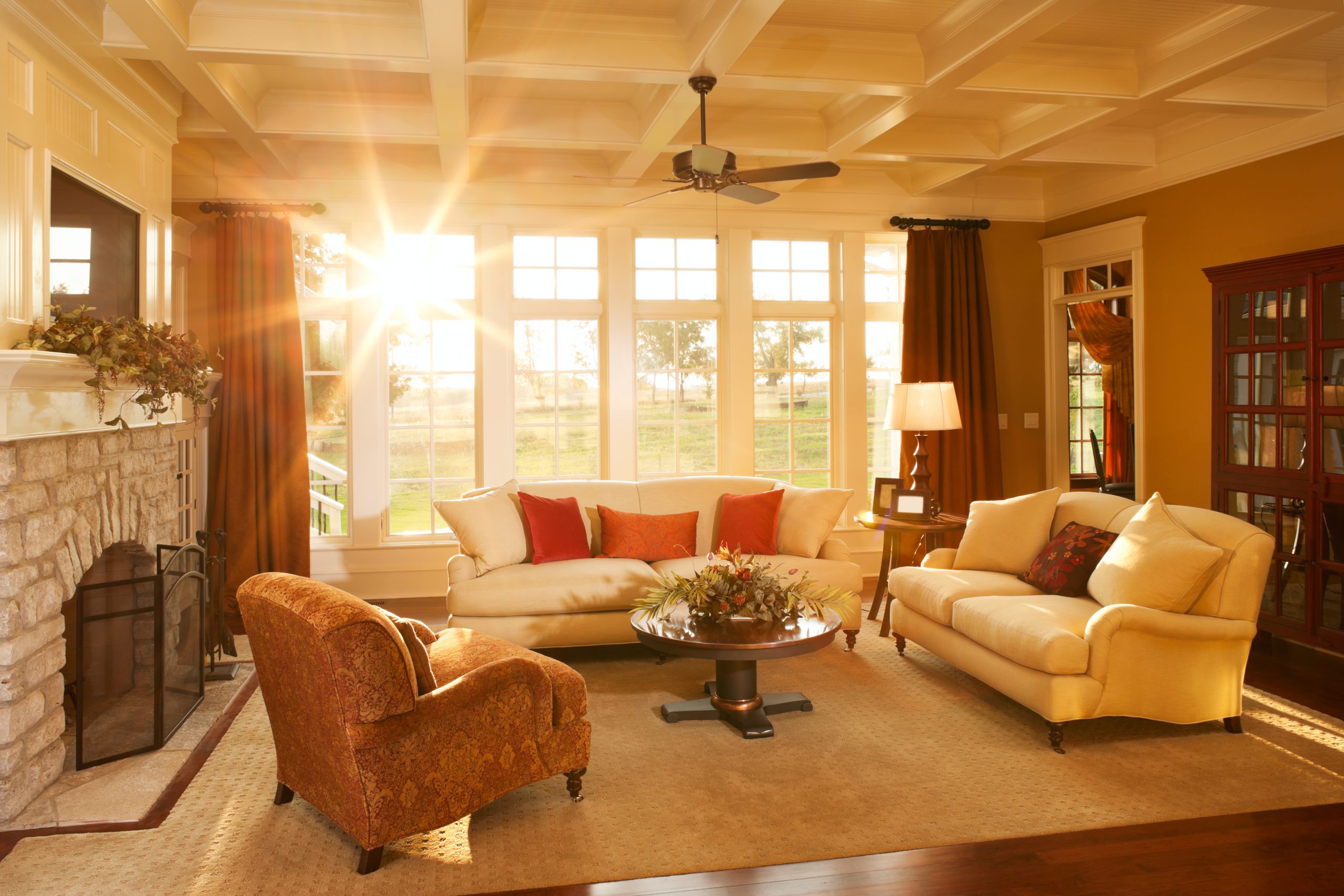
As warmer days heat our homes, it’s tempting to fire up the air-conditioning worry about the electricity bill later.
But there’s a better approach that will add value to your home as well as give you a comfortable living experience. It’s called passive cooling, and it aims to work with nature to maintain a cool temperature in your home, or work in concert with air-con units on scorching days to minimise your power consumption.
Prioritising the environmental credentials of your home can be a valuable investment, and there are even specific ‘green loans’ that can help cover the cost. These renovations are designed to minimise their carbon footprint and reduce utility costs.
If you’re in the process of planning a new home or conducting an extensive renovation, you should consult an architect or designer about how you might embrace passive cooling. There is also a growing group of sustainability experts who can help you plan.
Below are some key features of passive cooling that might inspire your next renovation.
Create cross breezes: Louvre windows positioned on opposite sides of the home will allow breezes through. Because hot air rises, it is recommended to position these windows higher than usual to maximise the cooling effect.
Stack ventilation: This is a strategy to expel hot air through the roof. Ducts are placed at strategic positions of the home where you might spend the most time or become hotspots. The most common form of stack ventilation is an inexpensive whirlybird vent. However, there are more sophisticated approaches to take on larger tasks.
Best building materials – Timber doesn’t heat up but brick does. The term “thermal mass” is used to describe the propensity of specific types of building materials to get hot. If you have a brick home, you can deploy a couple of strategies. These include applying a light render, or painting the exterior a light, reflective colour or planting shade trees.
A bit shady – Landscaping for shade is a winner and can also work considerably to cool hot homes. This falls under the umbrella term of “passive cooling”. If it’s possible, you should consider installing a pond near your home as water and the moisture in the leaves of pond plants are natural cooling agents.
Conventional solutions – Let’s not forget there are relatively inexpensive ways to cool your home, too. Consider installing an awning over windows and walls that face the sun directly. Another smart move is to get into your attic and check the insulation batts. The roof cavity must be adequately insulated or it will push the heat through the ceiling and into your living areas.
This article is provided for general information only and does not take into account the specific needs, objectives or circumstances of the reader. Before acting on any information, you should consider whether it is appropriate for your personal circumstances, carry out your own research and seek professional advice.
